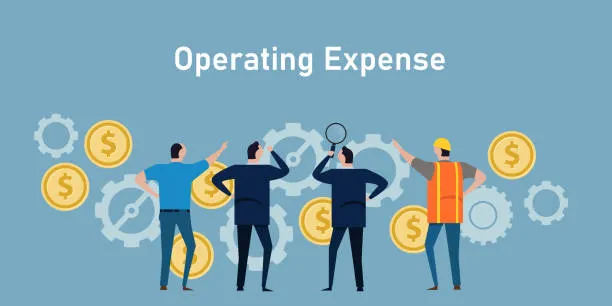Dividend Account
Dividend accounts are temporary accounts that are used to record the payment of dividends to the company's shareholders. While dividends are often shown on the statement of changes in equity, they are not included on the balance sheet because they are not considered to be assets, liabilities, or equity. Instead, they are a distribution of earnings to shareholders and do not affect the company's financial position or performance.
Off-balance sheet assets and liabilities
What account does not appear on the balance sheet ? These are assets and liabilities that are not recorded on the balance sheet, but may still impact the company's financial position. Examples of off-balance sheet items include operating leases, joint ventures, and contingent liabilities.

Which account does not appear on the balance sheet? - Off-balance sheet assets and liabilities
Research and development expenses
Research and development expenses are typically expensed as incurred and do not appear as a separate asset on the balance sheet. However, these expenses may be capitalized under certain circumstances, such as when they relate to the development of a new product or process, in which case they would be recorded as an intangible asset on the balance sheet.
Goodwill - one of the answers to the question “Which account does not appear on the balance sheet?”
Goodwill is an intangible asset that represents the excess of the purchase price over the fair value of the net assets acquired in a business combination. While goodwill is initially recognized on the balance sheet, it is subsequently tested for impairment and may be written down, resulting in a reduction in the value of the asset that is not reflected on the balance sheet.
Depreciation and amortization expenses
Depreciation and amortization are expenses that reflect the decline in value of intangible and intangible assets over time. While the value of these assets is initially recorded on the balance sheet, the accumulated depreciation or amortization is not recorded as a separate asset on the balance sheet. Instead, it is reported on the income statement as an expense.

What account does not appear on the balance sheet? - Depreciation and amortization expenses
Equity method investments
Equity method investments are investments in which the investor has significant influence over the investee but does not have control. While the initial investment is recorded on the balance sheet, subsequent changes in the value of the investment are recorded on the income statement and are not reflected on the balance sheet.
Content assets
Contingent assets are assets that may or may not be realized, depending on the occurrence or non-occurrence of a future event. This is one of the answers to the question “ Which account does not appear on the balance sheet ?” These assets are not recorded on the balance sheet because they are not yet certain.
Operating expenses
Operating expenses are expenses that are incurred in the normal course of business, such as salaries, rent, and utilities. These expenses are reflected on the income statement but are not recorded as assets or liabilities on the balance sheet.

Which account does not appear on the balance sheet? - Operating expenses
Prepaid expenses
Prepaid expenses are expenses that have been paid in advance but have not been paid in advance. While the initial payment is recorded on the balance sheet as an asset, the expense is not recorded until it is actually recorded and is reflected on the income statement.
Unearned revenue
What account does not appear on the balance sheet ? Unearned revenue is revenue that has been received in advance but has not yet been earned. While the initial receipt of cash is recorded on the balance sheet as a liability, the revenue is not recognized until it is earned and is reflected on the income statement.
Gain or loss on sale of assets
When a company sells an asset, such as equipment or property, any gain or loss on the sale is typically recorded on the income statement. The gain or loss is not included on the balance sheet because it does not represent an asset, liability, or equity transaction. Instead, it is a result of a specific transaction that affects the company's profitability.












Replies to This Discussion